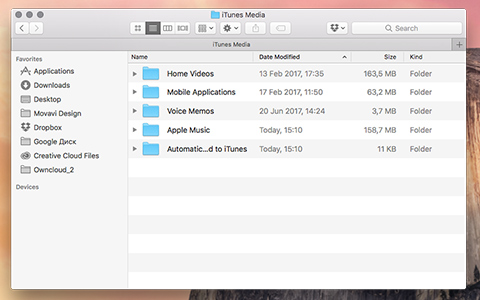

Review the top results and see if they are still worth saving on your Mac.

Similarly, enabling the feature will require your Mac to upload data to the cloud to free up storage on your Mac, which may take some time, depending on the amount of data and your internet speed. Open Finder > Documents, and click on Size to sort all the files based on file size. Note that disabling Optimize Mac Storage may force your Mac to download data from iCloud, which could take a while. Select iCloud in the sidebar, then click the checkbox next to Optimize Mac Storage at the bottom of the window to enable/disable it.Apple symbol () in the far-left corner of the menu bar at the top of the screen, then click System Preferences.If you're running low on iCloud storage or your internet connection is poor, however, then having it enabled can invite performance slowdowns and lead to a poor user experience.įortunately, Optimize Mac Storage is an entirely optional feature, and you can enable or disable it to fit your personal needs. Use Optimize Storage Apple has provided a utility called Optimize Storage that is built-in to the macOS. The Downloads folder keeps everything you’ve ever downloaded. Determine how much disk space you have Open Disk Utility ( Finder > Applications > Utilities > Disk Utility ), then click your disk then click info, as seen in the following screen shot: 2. Empty the Trash and Downloads folder Both the Trash and the Downloads folder on your Mac regularly fill up with useless files over time. If you have a lot of iCloud storage space and a high-speed internet connection, Optimize Mac Storage is a convenient way to recoup space on your Mac's system drive. Here are all the best methods you can use to free up your startup disk. It does this by offloading certain files, data, and documents to iCloud and iCloud Drive when space on your Mac is running low. In macOS, Apple includes a feature that can optimize the storage on your Mac by reducing the amount of space that data takes up on your Mac's internal drive.


 0 kommentar(er)
0 kommentar(er)
